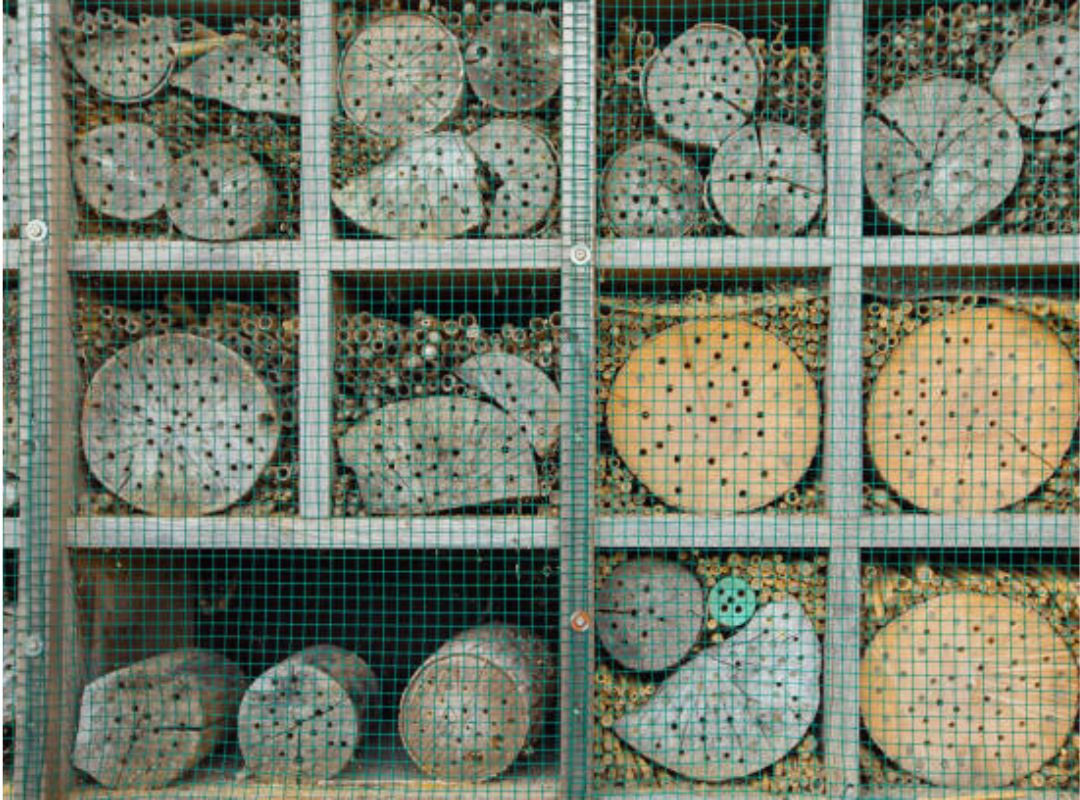Bees are remarkable creatures with intricate behaviors, and one of the most fascinating aspects of their lives is where they choose to build their homes. While natural environments like hollow trees or ground burrows are common nesting spots, certain types of fencing can also become attractive sites for bee nesting. Fences provide structure, shelter from weather, and sometimes access to small crevices ideal for hive building. Understanding how bees use different fencing materials and designs can help property owners coexist with these pollinators while ensuring safety and structural integrity.
How Fencing Materials Influence Bee Nesting
Not all fences are equally appealing to bees. Wooden fences, especially those with gaps or hollow posts, often provide ideal conditions for bee nesting. The natural texture and warmth of wood can mimic tree habitats, while untreated timber offers spaces for smaller species like mason bees. On the other hand, metal fences are less attractive due to their smooth surfaces and lack of nesting cavities. Vinyl fences fall somewhere in between, as bees might still use joints or damage points to establish small colonies. Recognizing which materials are more inviting helps in planning maintenance and prevention.
Bee Nesting in Wooden Fences and Conservation Practices
Wooden fences are arguably the most common fencing type for bee nesting. Their porous surface, combined with the potential for weathering over time, creates ideal cavities for bees to shelter and build hives. Some property owners opt to seal cracks and treat wood to reduce nesting opportunities, while others embrace the ecological benefit of providing safe spaces for pollinators. For those interested in protecting queen bees and colonies, wooden fences can be modified with designated nesting blocks, allowing bees to thrive without compromising fence stability. This balance supports biodiversity while reducing unwanted nesting in sensitive spots.
Privacy Fences and Bee Nesting Behavior
Tall privacy fences, often made of wood or composite materials, can create warm, wind-protected zones perfect for bee nesting. These fences tend to trap heat, which helps bees maintain hive temperature in cooler months. However, the enclosed nature of privacy fences can also make it harder for homeowners to detect nests until they are well established. Routine inspections, especially during early spring, can prevent large colonies from forming in hidden sections. By managing these spaces proactively, homeowners can keep bees safe while avoiding potential property damage.
Chain-Link Fences and Unexpected Nesting Spots
Although chain-link fences are not a typical choice for bee nesting, certain situations can make them viable. When covered with vines, overgrown vegetation, or privacy slats, chain-link fences can offer shelter and hidden pockets where bees might build smaller nests. These environments are particularly appealing to solitary bees, which prefer less conspicuous spaces. Maintaining clear vegetation around chain-link fences not only reduces bee nesting chances but also makes the fence more secure and visually appealing. This approach combines practical property care with mindful pollinator management.
Decorative Fencing and Pollinator Attraction
Decorative fences, such as those with lattice designs or ornamental features, often have small openings and shaded recesses. These features can be attractive for bee nesting, especially if nearby gardens provide abundant nectar sources. While these fences add charm to a property, they also create microhabitats that benefit pollinators. Gardeners who enjoy the presence of bees may intentionally allow nesting in certain sections, while sealing off others to avoid overpopulation near high-traffic areas. This selective approach allows both aesthetics and pollinator health to coexist without unnecessary risk.
Seasonal Shifts in Bee Nesting Patterns
Bee nesting behaviors change throughout the year, and fencing use reflects these seasonal shifts. In spring, bees search for new nesting sites, often targeting fence structures that provide warmth and protection from rain. By summer, these nests are fully active, and bees are busy foraging nearby. In autumn, some species abandon the nest, while others prepare it for overwintering. Understanding these seasonal patterns helps in timing inspections and interventions, ensuring minimal disruption to bee activity while maintaining fence integrity.
Balancing Safety and Bee Conservation
While some homeowners view bee nesting in fences as a nuisance, others recognize the ecological value of supporting pollinators. The challenge lies in finding a balance between human safety and environmental stewardship. Preventive maintenance such as sealing large cracks, using bee-friendly deterrents, and providing alternative nesting structures can direct bees away from high-risk areas. This approach not only safeguards property but also supports the broader goal of sustaining healthy pollinator populations, which are critical for both natural ecosystems and agriculture.
Conclusion
Bee nesting in different types of fencing is a natural yet often overlooked phenomenon. From wooden privacy fences to decorative latticework, these structures can offer shelter and stability to various bee species. By understanding the materials and designs that attract nesting, homeowners can take informed steps to manage their spaces. Whether the goal is to encourage pollinator activity or prevent it in certain areas, the key is to respect bees’ role in the environment while maintaining property safety. With thoughtful management, fences can serve as both functional boundaries and unexpected allies in pollinator conservation.



